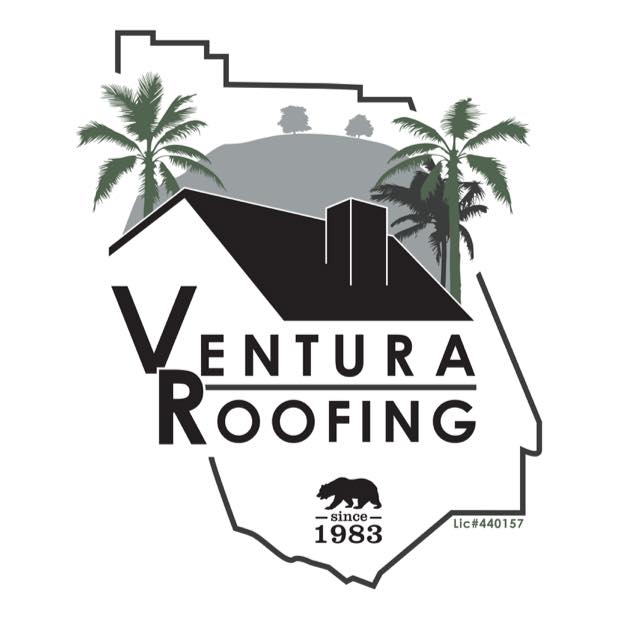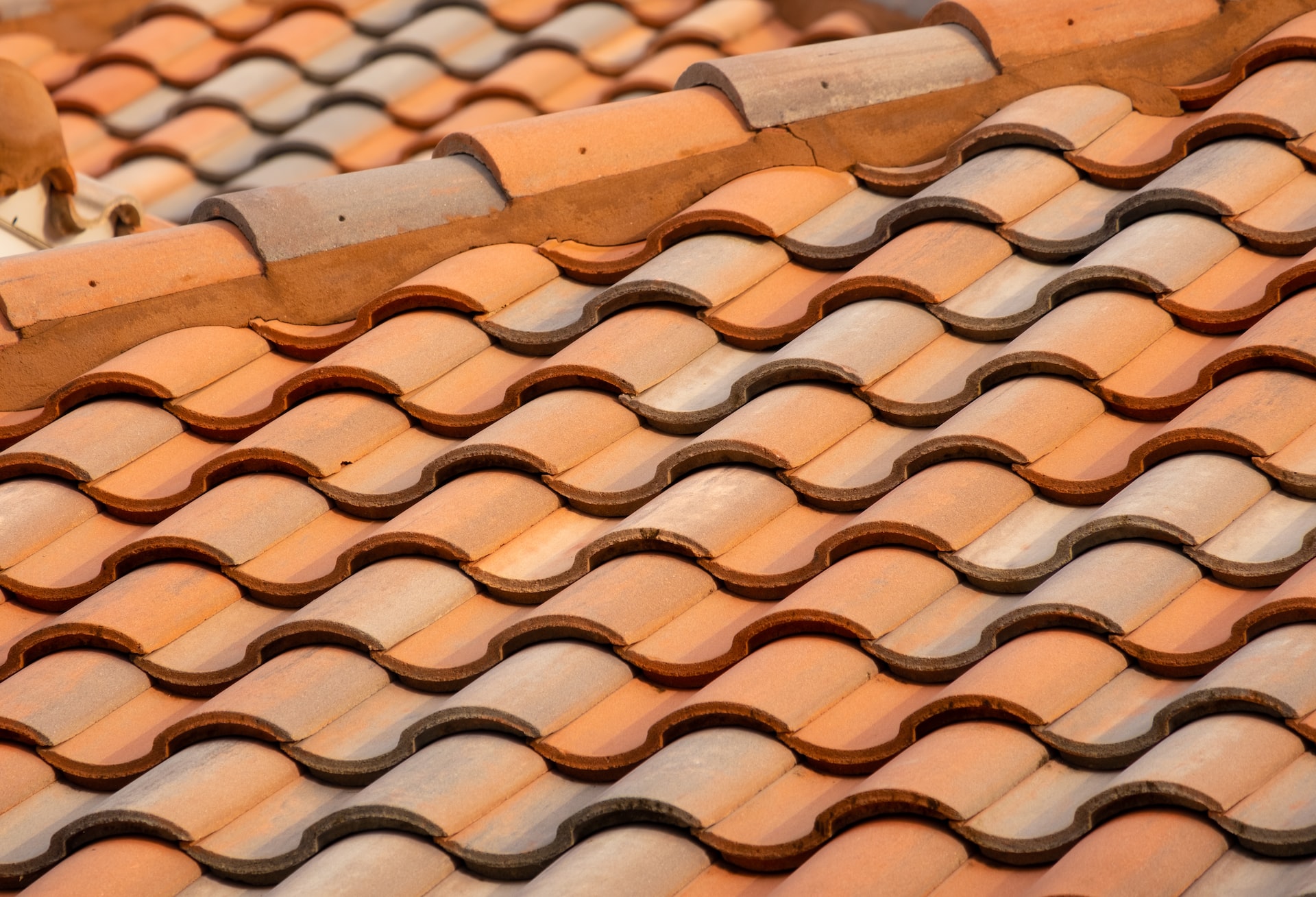As a homeowner, you’ll know that it’s always best to call a professional when you need help with your roof. However, it’s still a good idea to understand how your roof works. If you have basic knowledge of the different parts that make up your roof, then you’ll be able to understand any issues you have, as well as the roofing quotes that you get.
Here are some of the most important parts of your roof that you need to know about, so you can understand your roof and get help when needed.
1. Roof Framework
Firstly, your roof is going to need a framework. This is what everything else will rest on and make up your roof. In most homes, the framework will be made up of roofing trusses. These are pieces of lumber that are built into triangular shapes and are spaced evenly across the top of your home.
There are different sizes of lumber that are used in the construction of trusses, and the size used will depend on the total span of your roof. Your roofer will calculate what size you need and how many, and place an order at a factory to make them.
The only time you won’t see trusses is on timber-framed homes. Instead, the roof is framed with individual rafters and joists.
2. Decking
Once the trusses are in place, the roof decking will be laid. This is typically made with plywood or Oriented Strand Board (OBS). At its thinnest, it can be ½ inch thick. Typically, the wider the roof span, the wider your roof deck will be.
When looking into installing a new roof, you may see it referred to as roof sheathing instead. This is the same roof part and will serve the same purpose.
3. Underlayment
Next up on your roof will be the underlayment. This next layer will sit on top of the decking, as is designed to act as a barrier against moisture. As such, it covers the entire roof deck and will be the last layer of protection.
Underlayment can be made with felt, which is paper saturated with asphalt. There are also synthetic underlayments available, which are made with polymers that are moisture-resistant for extra protection.
4. Roofing Material
Now you have the material that you’ll typically think of as your roof. The roofing material is the top layer that covers the roof, and adds protection. There are lots of different options here, so you could have any of the following:
Asphalt shingles
These are a popular choice, as they’re inexpensive compared to other roofing types and can be easily repaired by replacing shingles as needed. However, they have a short lifespan and aren’t the best for the environment.
Metal roofing
While metal roofing has traditionally been used for commercial buildings, it’s now finding its way to residential ones too. Metal roofs are long-lasting and have excellent fire resistance. They can also easily be made to look like other roofing types too. They are more expensive to have installed, though.
Slate tiles
Natural slate looks amazing on your roof and, in some cases, can last hundreds of years. They are heavy though, so roofs need to be reinforced before you can have one installed.
Wooden shakes
\Wooden shakes offer a natural look that many homeowners love. They’re very lightweight and look great, but they take a lot of upkeep. They must also be treated with fire retardants to ensure they’re safe to have in your home.
Clay tiles
You’ll often find clay tiles in warmer climates, as they’re especially resistant to UV rays. They also resist rot and insect damage, making them long-lasting. However, they’re other roofing types that are very heavy, so again your roof will need reinforcement.
5. Ridge And Ridge Caps
A ridge on your roof is where the highest points on your roof meet. Depending on the shape and style of your roof, there may be several ridges on there. A ridge cap, then, is the row of shingles that are used to cover the ridge.
If you don’t have ridge vents, then the shingles are folded over the ridge to finish it. If there is a vent, then special capping shingles are used to complete the roof.
6. Vents
Speaking of vents, it’s vital that your roof has ventilation. This helps the air in your attic circulate and avoids many of the issues they can have, such as condensation and mold. They also help with energy costs, as proper ventilation stops hot air from being trapped in the summer and warming the home up.
You can have two main types of vents: exhaust and intake vents. Exhaust vents, such as ridge and box vents, will allow air to move out of the roof. Intake vents, such as soffit and gable vents, will allow air in from outside.
7. Drip Edge
Located on the edge of the roof, this is metal flashing that’s used to direct water away from the roof structure and into the guttering. The Internation Residential Building Code requires that these are installed on all roofs to ensure that water doesn’t drip behind the guttering.
8. Rakes And Eaves
You’ll often hear these referred to together. A rake is the edge of the roof at the gable end, while the eaves are the underside of the roof along the walls.
9. Soffit And Fascia
On a similar note, these are often referred to together too. The soffit is the underside of your eave, while the fascia is the facing on the roof’s edge, that’s designed to make the roof look finished.
These are some of the most important parts of your roof that you need to know about. Now you have an understanding of how your roof is put together, you’re able to properly understand any roofing repairs that you get.

